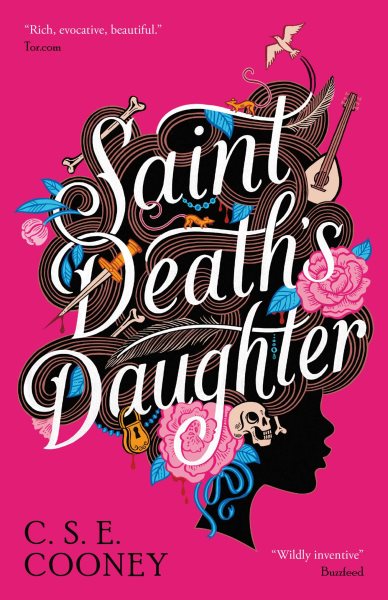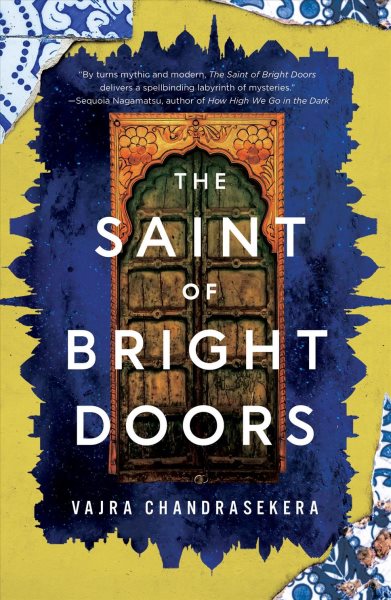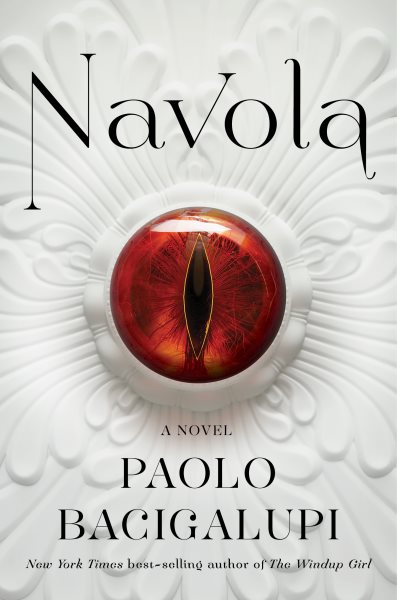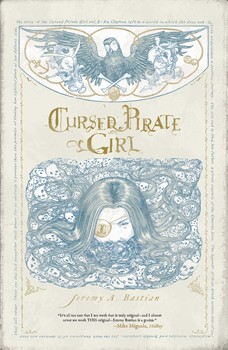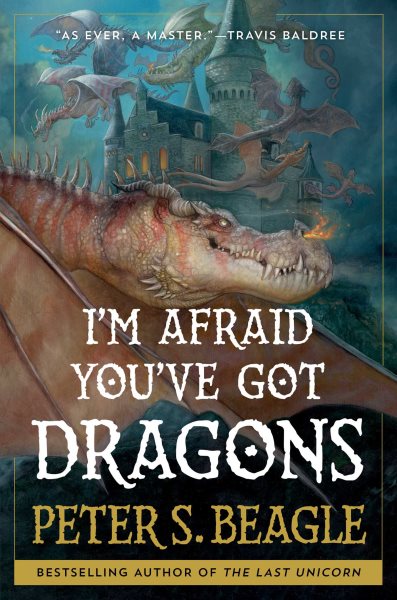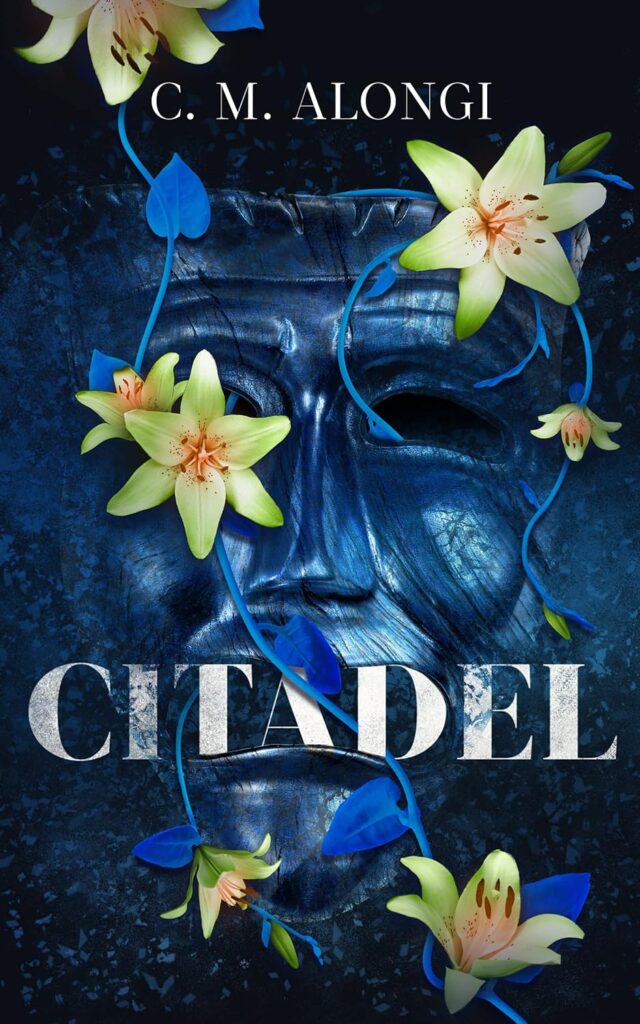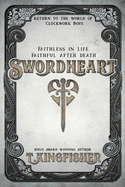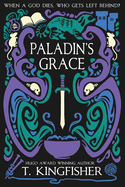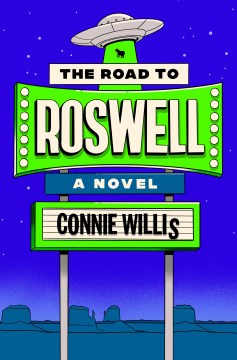I almost never read horror. I don’t like threatening bleak landscapes, lurking ghosts and witches, or (especially) intricately-described gruesome murders. Looking Glass Sound actually has all of those things. But the ocean is dangerous in the way oceans actually are—riptides and caves that fill at high tide. The witchcraft is oddly naive, though it does sort of work. And the gruesome murders took place years ago. You can dwell on those things, if you wish, but you don’t have to.
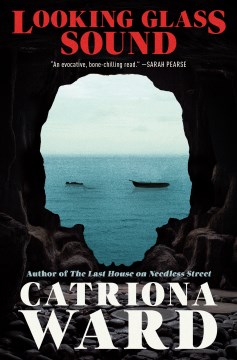
The book is about the three teenagers who, at the end of an idyllic summer, inadvertently uncover a series of decades-old murders and, possibly, reveal the murderer. Years later, one of the kids goes off to college, intending to become a writer in order to cope with the trauma of that wonderful, terrible summer. He is obsessed with it. He needs to write it about it. It’s his story, isn’t it? But he is not the only person who wants to tell the story.
At that point, a book that has been a compelling and beautifully written mystery begins to turn into a musing about the ownership of a story and the motives of the writers who produce that story. Layers of narrative about the same events begin to overlap, and increasingly often, contradict each other. The story changes its title; and the location changes from Whistler Bay to Looking Glass Sound. And the characters change their names and gender and destinies, depending on who has control of the narrative.
Through all this, no one speculates about how or why the murderer did what he did. As though the actual murders don’t really matter, the book does not explore the motives of serial killers. It also doesn’t question the reality of the ghosts or the magic that appear. Instead it explores whether or not the characters in a book are real. Because if the characters are real, the writing of a murder mystery may in itself be an act of murder. Is it possible that the writer is as evil as their invented serial killer?
If this is what modern horror is like, I’ll have to read more of it.


